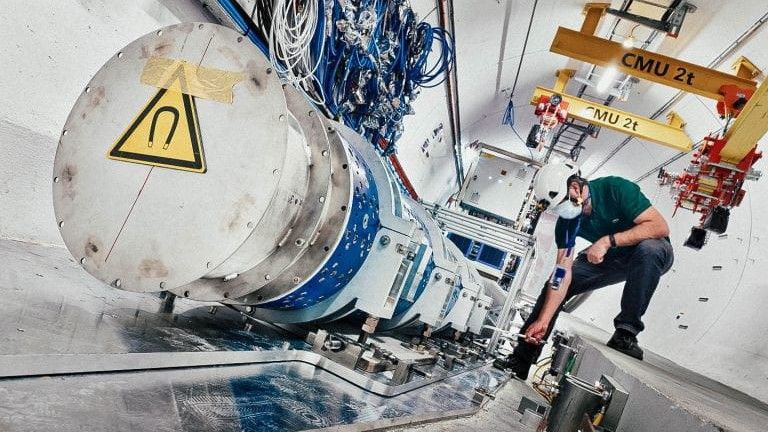
24 paper in the journal Physical Review D, is not just the first time that neutrinos have been seen inside the LHC, but it's also the first time they've been found inside any particle accelerator.
"Prior to this project, no sign of neutrinos has ever been seen at a particle collider," study co-author Jonathan Feng, a physics professor at the University of California, Irvine and co-leader of the FASER collaboration, said in a statement.The tiny particles are everywhere — they're produced in the nuclear fire of stars, in enormous supernova explosions, by cosmic rays and radioactive decay, and in particle accelerators and nuclear reactors on Earth.
Some of the most famous neutrino detection experiments — such as Japan's Super-Kamiokande detector, Fermilab's MiniBooNE, and the Antarctic IceCube detector — have all detected solar-generated neutrinos indirectly through an effect called Cherenkov radiation.
But while experiments like these are great for detecting the signatures of neutrinos that stream through Earth from the sun, they still leave scientists with very little insight into the types of high-energy neutrinos produced when particles smash into each other inside particle accelerators.To find these homegrown neutrinos, the scientists at the FASER collaboration created a new detector called the FASERnu.
By "developing" the emulsion and analyzing the particle trails left behind, the physicists figured out that some of the marks were produced by neutrinos; they could even determine which of the three particle "flavors" of neutrino — tau, muon or electron — they had detected.When the LHC powers up again in 2022, they plan to use the detector to study the neutrinos produced by the particle accelerator in-depth.